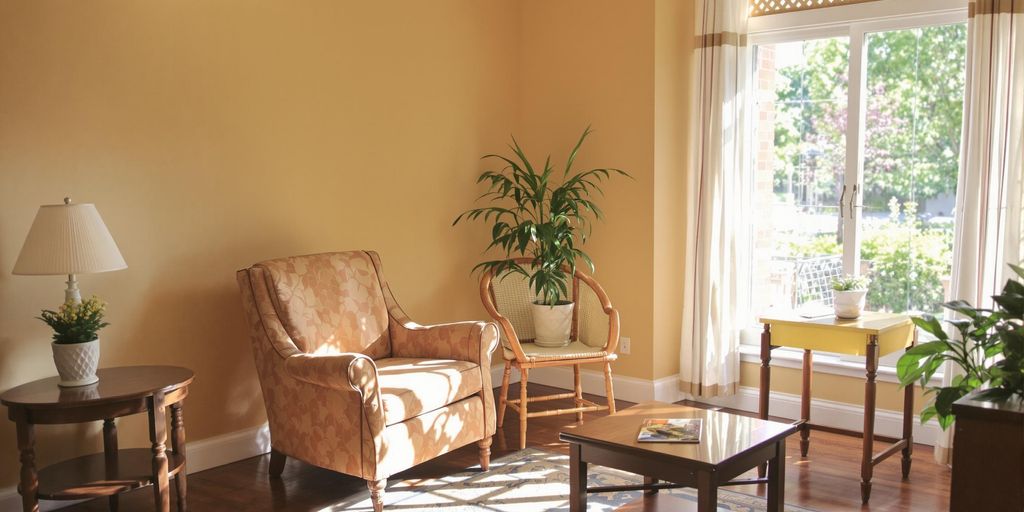As the population ages, the desire to "age in place"—remaining comfortably and independently in one’s own home—is becoming increasingly prevalent. This trend emphasizes homes that prioritize safety, mobility, and accessibility. Beycome.com has released a comprehensive checklist to guide seniors and their families in identifying suitable homes that support a safe and fulfilling lifestyle.
Exterior Accessibility
The journey to a senior-friendly home begins before even entering. Key exterior features include:
- Step-free entryways and pathways to accommodate walkers or wheelchairs.
- Well-lit entrances and pathways to enhance safety during evening hours.
- Non-slip surfaces on driveways, walkways, and entry areas to prevent falls.
- Accessible garages or carports with wide, level spaces and ample lighting.
Interior Comfort and Safety
Inside the home, several elements contribute to ease of living:
- Single-level floor plans are ideal, but multi-level homes should allow for stair lift or elevator installation.
- Wide doorways and hallways (minimum 32 inches) are crucial for mobility devices.
- Smooth, non-slip flooring is preferred, and area rugs should be avoided.
- Lever-style door handles and faucets are easier to operate than traditional knobs.
Bathroom Safety Features
Bathrooms require special attention for safety:
- Walk-in tubs or curbless showers eliminate the risk of stepping over high rims.
- Grab bars near toilets and in showers provide essential support.
- Raised toilet seats can offer added comfort and reduce strain.
- Anti-scald devices on faucets prevent dangerously hot water.
Functional Kitchen Design
A senior-friendly kitchen balances usability and safety:
- Pull-out shelves and drawers make items easily accessible.
- Lower or adjustable-height countertops accommodate various needs.
- Lever-handled faucets and easy-to-operate appliances with clear controls are beneficial.
Enhanced Lighting and Visibility
Adequate lighting is vital for reducing accidents and eye strain:
- Bright, ample lighting throughout the home is recommended.
- Motion-sensor lighting in hallways and bathrooms adds convenience and safety.
- Color contrast, such as between baseboards and walls, improves depth perception and boundary recognition.
Smart Home Technology
Modern technology can significantly enhance senior living:
- Emergency alert systems provide peace of mind.
- Voice-activated controls offer hands-free operation of lights, locks, and thermostats.
- Security systems with remote monitoring add an extra layer of safety.
- Thermostats with large, easy-to-read displays simplify climate control.
General Safety and Community
Beyond the home’s features, consider these aspects:
- Sturdy, easy-to-grip handrails on hallways and stairs are important.
- Clear, uncluttered floor plans facilitate easier navigation.
- Smoke and carbon monoxide detectors with both audio and visual alerts are recommended.
- Proximity to essential services like healthcare and grocery stores, along with accessible public transportation, is key.
- A walkable neighborhood with a low crime rate contributes to overall well-being.
By focusing on these considerations, individuals can find or adapt a home that truly supports their independence and quality of life as they age.


